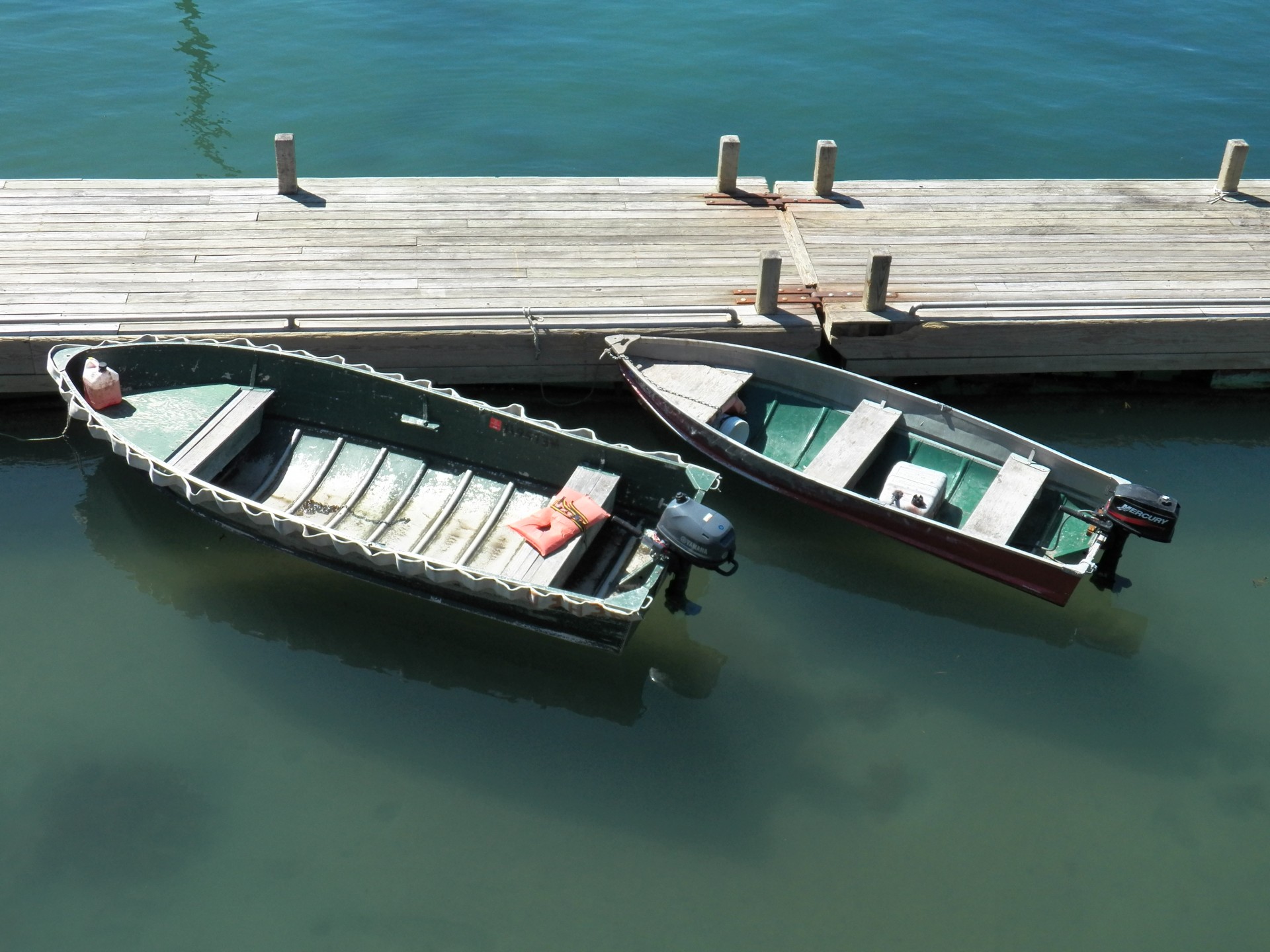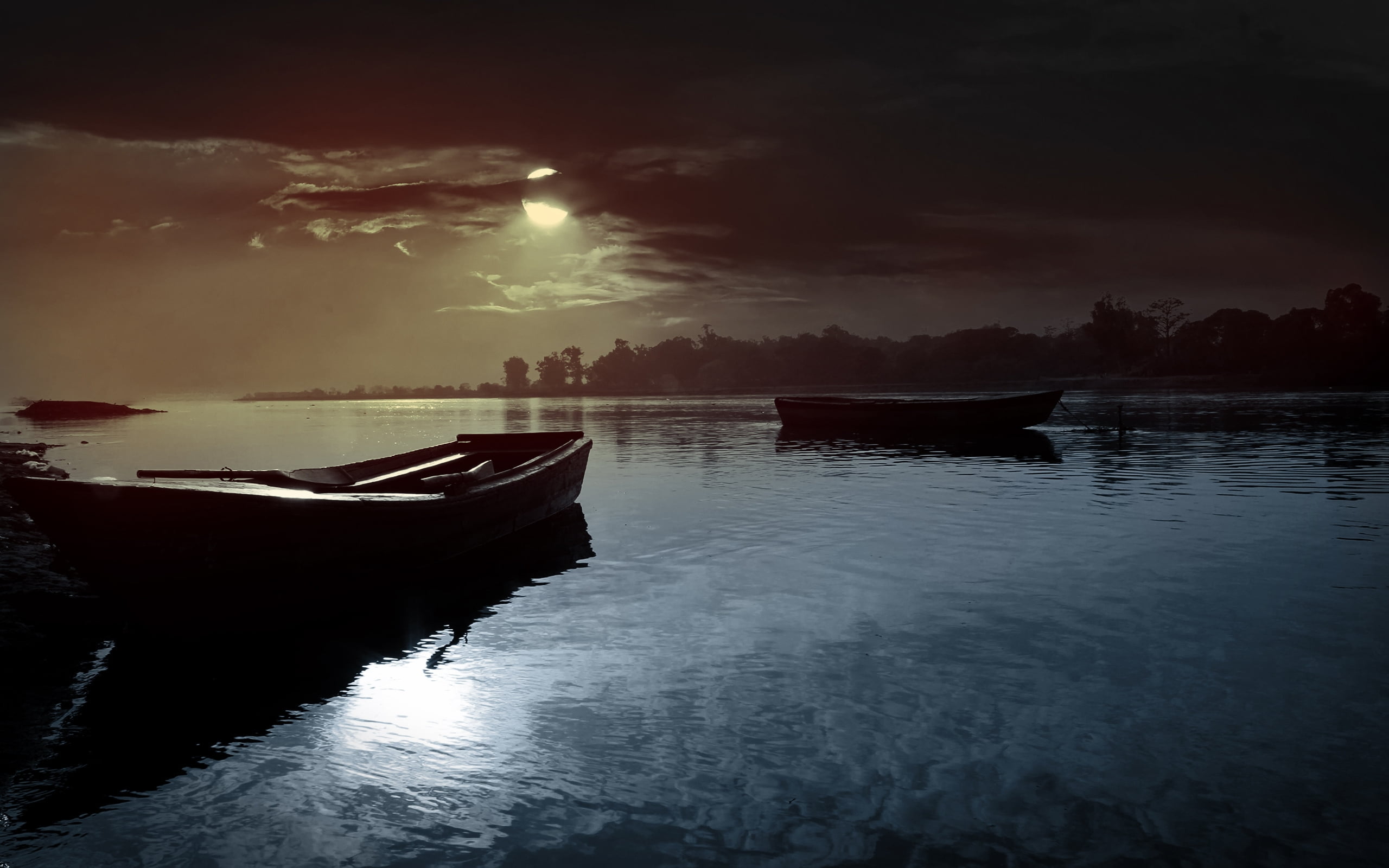Two boats have long been a symbol of adventure, freedom, and connection with nature. From ancient maritime cultures to modern recreational activities, boats have played a crucial role in shaping human experiences. In this article, we will delve into the significance of two boats, exploring their historical context, cultural relevance, and the various types that have emerged over time.
As we navigate through the waters of this topic, we will uncover the stories behind these vessels and their impact on society. Whether for fishing, transportation, or leisure, boats offer a unique glimpse into humanity's relationship with water. Join us as we embark on this exciting journey into the world of two boats.
This exploration will not only highlight the craftsmanship and engineering behind these vessels but also their role in various cultures around the globe. From the lush rivers of Southeast Asia to the expansive oceans of the West, the narrative of two boats is rich and diverse.
Table of Contents
Historical Significance of Boats
Boats have been an integral part of human history for thousands of years. They have served multiple purposes, from exploring new territories to facilitating trade. The earliest boats, made from reeds and wood, were simple yet innovative. As civilizations advanced, so did boat design, leading to the creation of more sophisticated vessels.
One of the most notable historical examples is the Viking longship, which showcased advanced shipbuilding techniques and allowed the Vikings to explore and settle new lands. Similarly, the ancient Egyptians used boats for transportation along the Nile, significantly contributing to their economy and culture.
Cultural Relevance of Two Boats
The concept of "two boats" is not just about the vessels themselves; it also reflects the duality of experiences associated with them. For many cultures, two boats symbolize the choice between different paths in life. This symbolism can be seen in various myths and legends where characters face decisions that lead them down different waterways.
In literature, two boats can represent the journey of life, where one boat signifies safety and tradition, while the other embodies adventure and the unknown. This dichotomy resonates with people across different cultures and ages, making boats a universal metaphor for life's choices.
Types of Boats
Understanding the various types of boats is essential for appreciating their significance. Here are some common classifications:
- Fishing Boats: Designed specifically for catching fish, these boats come in various sizes and designs.
- Recreational Boats: Used for leisure activities such as sailing, kayaking, and cruising.
- Transportation Boats: Serve as ferries or cargo ships, connecting communities and facilitating trade.
- Military Boats: Used for defense and naval operations, often equipped with advanced technology.
Fishing Boats: A Lifeline for Many
Fishing boats are vital for communities that rely on fishing as a primary source of livelihood. These vessels come in various forms, from small rowboats to large trawlers. They are specifically designed to navigate different water conditions and accommodate fishing gear.
According to the Food and Agriculture Organization (FAO), over 40 million people are employed in the fishing sector globally. Fishing boats not only provide food but also support local economies and cultures.
Key Features of Fishing Boats
- Durability: Built to withstand harsh marine environments.
- Storage: Equipped with space to store catch and fishing equipment.
- Navigation: Often fitted with advanced navigation systems to enhance safety.
Recreational Boats: Embracing Leisure
Recreational boats cater to individuals seeking leisure and adventure on the water. This category includes sailboats, motorboats, and canoes. Recreational boating has gained immense popularity, with millions of people participating in water-based activities each year.
According to the National Marine Manufacturers Association (NMMA), the U.S. recreational boating industry generates over $39 billion annually. The allure of exploring lakes, rivers, and oceans is a significant draw for many boat enthusiasts.
Popular Types of Recreational Boats
- Sailboats: Harness wind power for navigation, offering a unique sailing experience.
- Motorboats: Powered by engines, ideal for speed and convenience.
- Canoes and Kayaks: Small, maneuverable vessels for exploring lakes and rivers.
Transportation Boats: Bridging Communities
Transportation boats play a vital role in connecting communities, especially in regions where land transportation is limited. Ferries, barges, and cargo ships facilitate the movement of people and goods across rivers and oceans.
In many coastal areas, ferries are a primary mode of transportation. They provide essential services for residents and tourists alike, linking islands to the mainland. Cargo ships are equally important, transporting goods globally and supporting international trade.
Impact of Transportation Boats
- Economic Growth: Boost local economies by facilitating trade.
- Accessibility: Improve access to remote areas and promote tourism.
- Environmental Considerations: Modern transportation boats are increasingly designed with eco-friendly technologies.
Boat Culture Around the World
Boat culture varies significantly across different regions, influenced by local traditions, resources, and lifestyles. In Asia, traditional fishing boats are often beautifully handcrafted, reflecting the artistry of local craftsmen. In contrast, Western cultures may emphasize recreational boating as a leisure activity.
Festivals and events celebrating boats are also common. For instance, the Venice Boat Show in Italy showcases luxury yachts and traditional gondolas, highlighting the city's rich maritime heritage. Similarly, the Dragon Boat Festival in China celebrates teamwork and cultural pride through boat racing.
Conclusion
In conclusion, the exploration of two boats reveals their profound significance in various aspects of human life. From historical significance to cultural relevance, boats have shaped our experiences and continue to connect us with nature and each other. Whether for fishing, recreation, or transportation, the legacy of boats remains strong.
We encourage you to share your thoughts on the topic. Have you ever experienced the thrill of being on a boat? What does the concept of "two boats" mean to you? Leave your comments below, and don't forget to share this article with fellow boat enthusiasts or anyone interested in maritime culture. For more insightful articles, feel free to explore our website.
Thank you for joining us on this journey through the world of boats. We look forward to welcoming you back for more exciting explorations!
Article Recommendations



ncG1vNJzZmilqZu8rbXAZ5qopV%2BcrrOwxKdwaKynpHqju8CtqmegpKK5